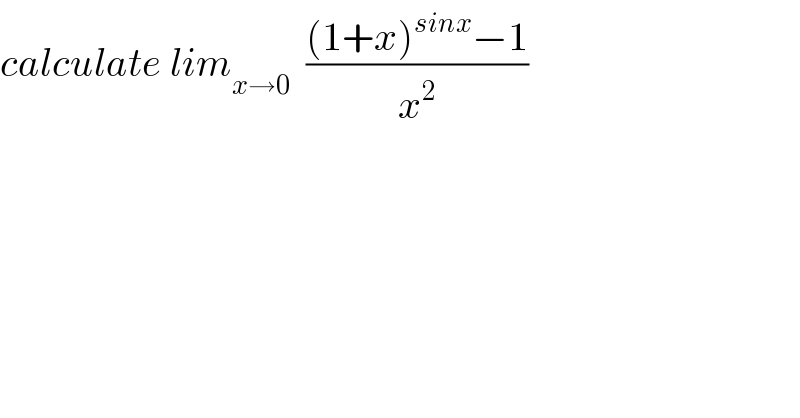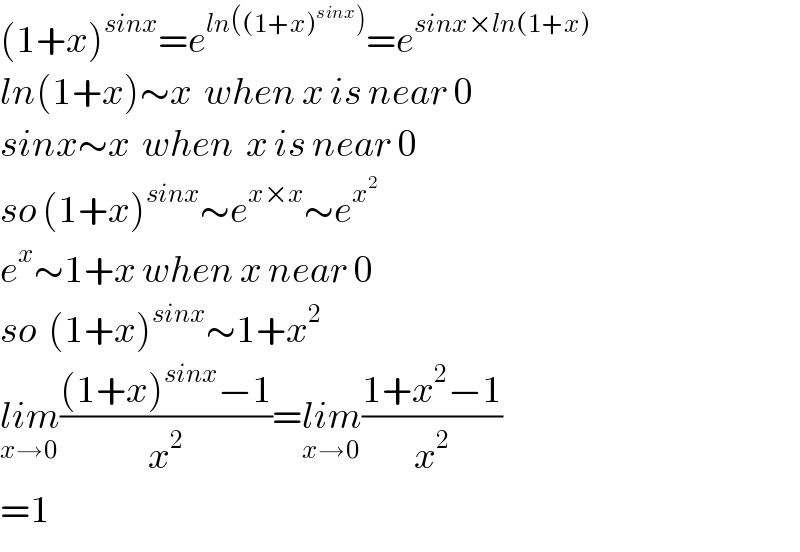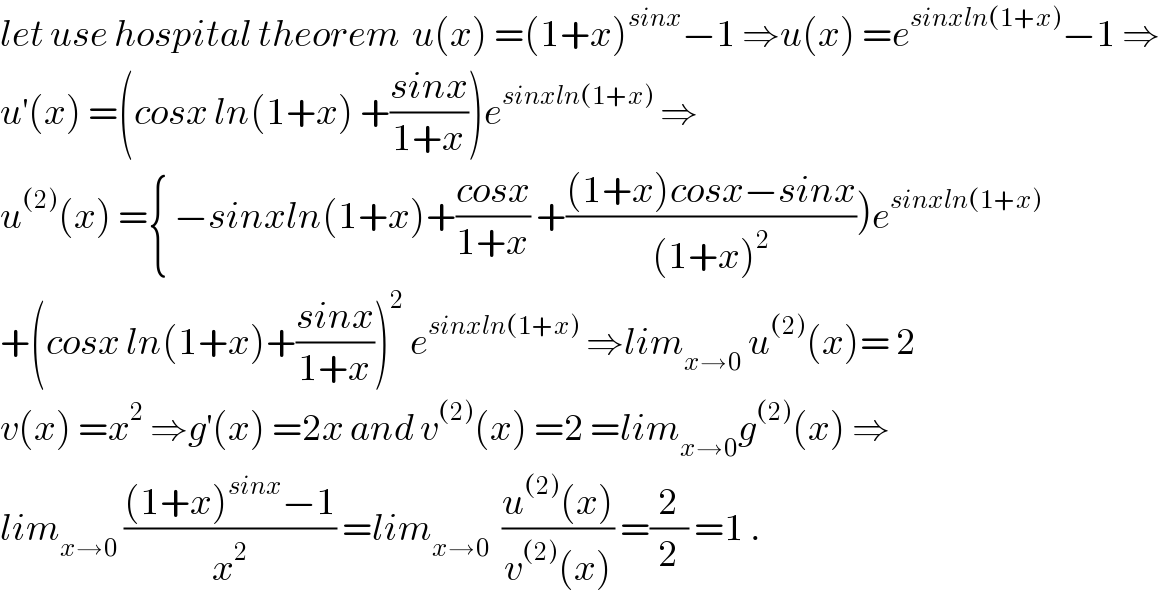
Question and Answers Forum
Previous in Relation and Functions Next in Relation and Functions
Question Number 62435 by mathsolverby Abdo last updated on 21/Jun/19

Commented by Smail last updated on 22/Jun/19

Commented by mathmax by abdo last updated on 23/Jun/19

